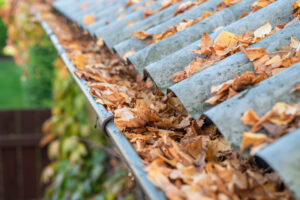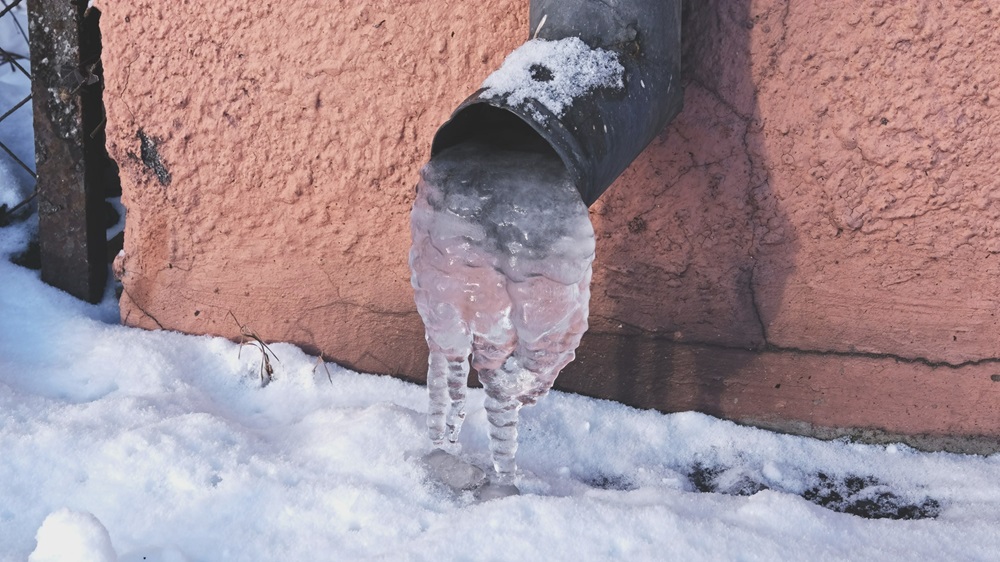Drainage systems, often out of sight, can be significantly out of mind until a problem arises. However, seasonal changes bring unique challenges to these systems, varying from blockages to wear and tear. Being proactive about these changes is key to avoiding emergencies and ensuring that your drainage system functions optimally year-round.
Understanding how each season impacts your drainage is crucial for maintaining the efficiency and longevity of these systems. This awareness helps identify potential issues early, prevent costly repairs, and ensure that your home remains safe and dry regardless of the weather outside. The article explores how different seasons affect drainage systems.
Spring Thaw
With the arrival of spring, the thawing process can lead to an increase in water flow in drainage systems. This sudden influx of water, combined with residual debris from winter, can strain the system. During this time, the risks of blockages and overflows are heightened. Regular inspections during early spring can help identify any potential issues before they become severe.
Additionally, the spring season often brings with it heavy rainfall. This increased water volume can quickly overwhelm a drainage system that is not properly maintained. Homeowners should ensure that gutters, downspouts, and drains are clear of debris to allow for the free flow of water. This not only prevents water damage to the property but also safeguards the foundation of the house.
Summer Heat
The heat and dryness of summer can have a contrasting effect on drainage systems. The lack of moisture can cause soil to shrink, potentially leading to a shift in the underground drainage pipes. These shifts can result in cracks or misalignments, which may not be immediately apparent but can cause significant issues over time.
Conversely, summer storms can bring sudden, heavy downpours, testing the drainage system’s capacity. Ensuring that the system is clear of blockages and properly functioning is essential to handle these sporadic bursts of rain.
This is where blocked drains services come into play, offering professional assistance in maintaining and repairing drainage systems to withstand the summer’s unpredictable weather patterns.
Autumn Leaves

Autumn is synonymous with falling leaves, which, while aesthetically pleasing, can be a nuisance for drainage systems. Leaves, twigs, and other debris can easily clog gutters and drains, leading to water backing up and potentially damaging the property. Regular cleaning of gutters and surface drains is essential during this season to prevent blockages.
In addition to leaf debris, autumn rains can contribute to drainage issues. The ground, often already saturated with water, may struggle to absorb additional rainfall, increasing the burden on the drainage system. Homeowners should monitor their drainage during this season, ensuring it can handle the increased water load without complications.
Winter Freeze
Winter brings with it the risk of frozen pipes, a serious concern for any drainage system. Water that freezes within the pipes can expand, causing cracks or bursts. Insulating pipes, especially those exposed to the cold, is a preventative measure that cannot be overlooked. It helps maintain a consistent temperature within the pipes, reducing the risk of freezing.
The weight of snow and ice can also affect external drainage components, such as gutters and downspouts. Ensuring these are clear of ice and debris allows them to function correctly, directing melting snow and ice away from the property. This prevents water damage and the formation of ice dams, which can cause long-term issues to the roof and gutter system.
Heavy Rains And Flood Risks
Heavy rains, irrespective of the season, pose a significant challenge to drainage systems. Efficiently managing and directing large volumes of water is critical to prevent flooding and water damage. This involves ensuring that all components of the drainage system are clear of obstructions and in good working order.
Additional measures like installing sump pumps or French drains can be beneficial in areas prone to heavy rains or flooding. These systems provide an extra layer of protection, helping to direct water away from the property and reduce the risk of flooding. Regular maintenance and inspections are key to ensuring these systems are ready to handle heavy rainfall when it occurs.
Drought Conditions
Drought conditions, though less discussed, can also impact drainage systems. Extended periods of dry weather can lead to soil compaction, which reduces its ability to absorb water. This can cause problems when rains eventually come, as the water is more likely to pool on the surface or flow towards the property rather than being absorbed into the ground.
Maintaining a healthy landscape around the property is important to mitigate these effects. Plants and grass can help prevent soil compaction and promote better water absorption. Additionally, ensuring that the drainage system is free from blockages is crucial so that when rains do come, the system can efficiently handle the increased water flow.
Conclusion
Seasonal changes significantly impact drainage systems, and understanding these effects is crucial for their proper maintenance and longevity. Each season presents unique challenges, from blockages due to leaves in autumn to the risk of frozen pipes in winter.
Regular inspections, maintenance, and adaptations to these seasonal changes are key to ensuring that your drainage system remains effective and efficient all year round. By staying ahead of these issues, homeowners can protect their properties from potential damage and ensure the smooth functioning of their drainage systems regardless of the season.

Recent Comments